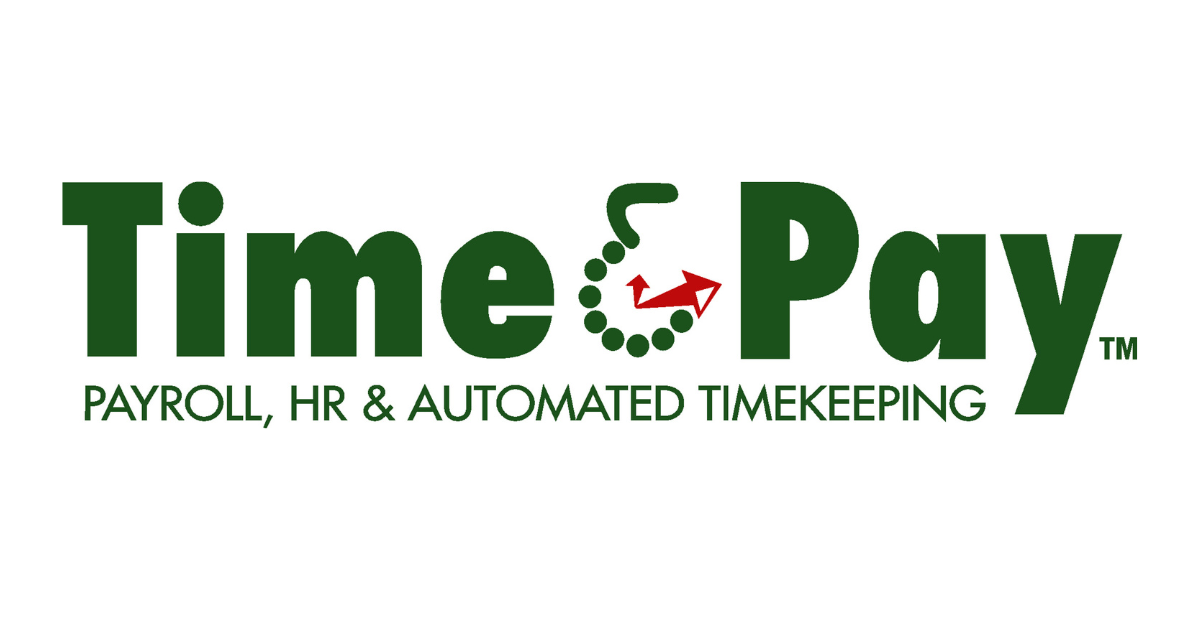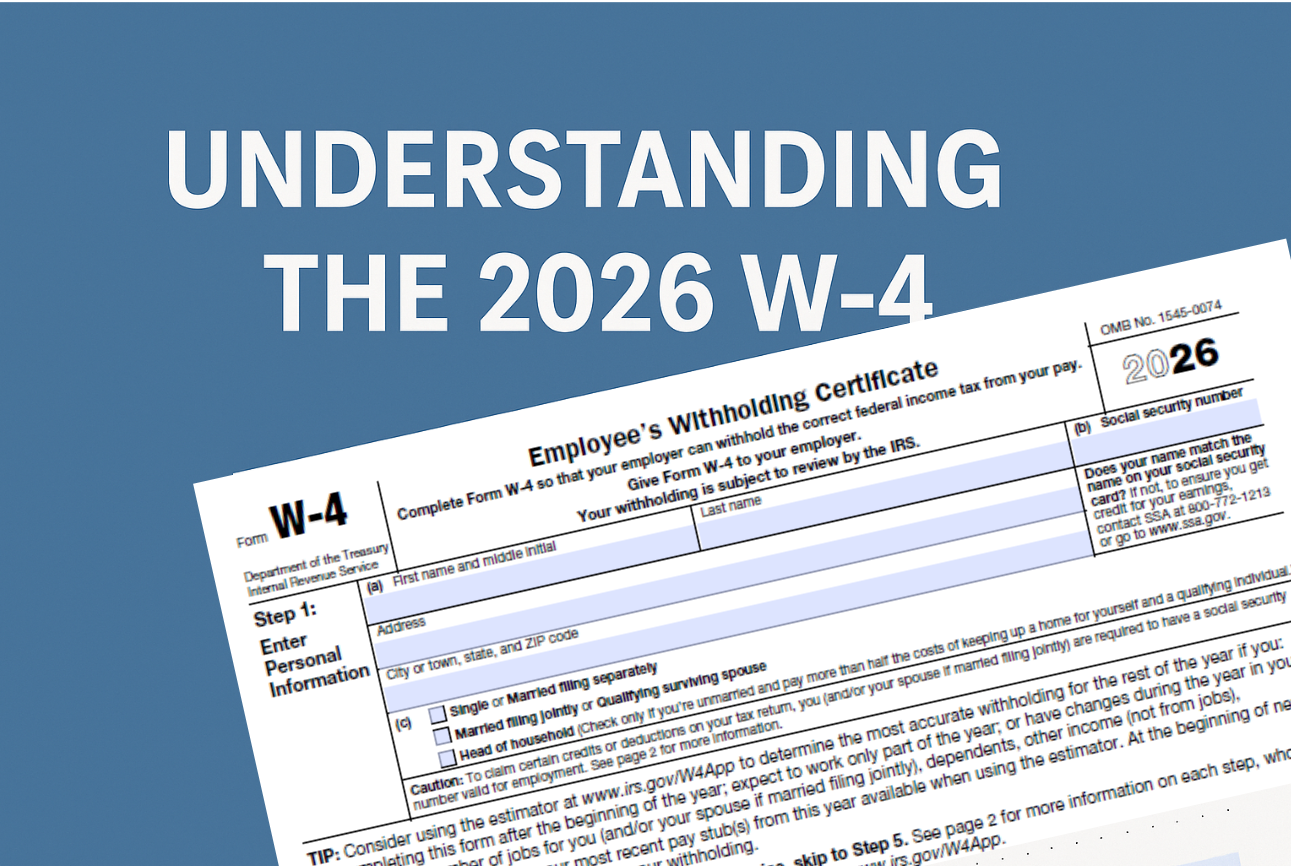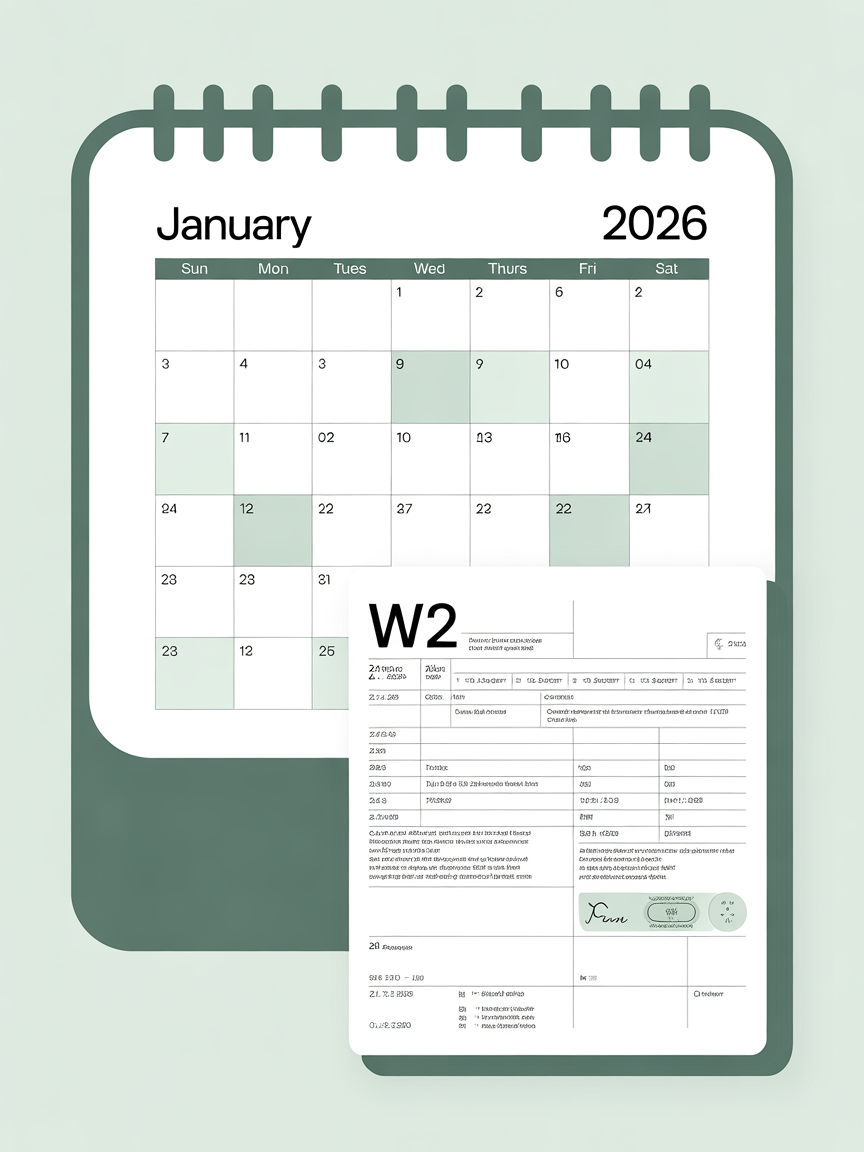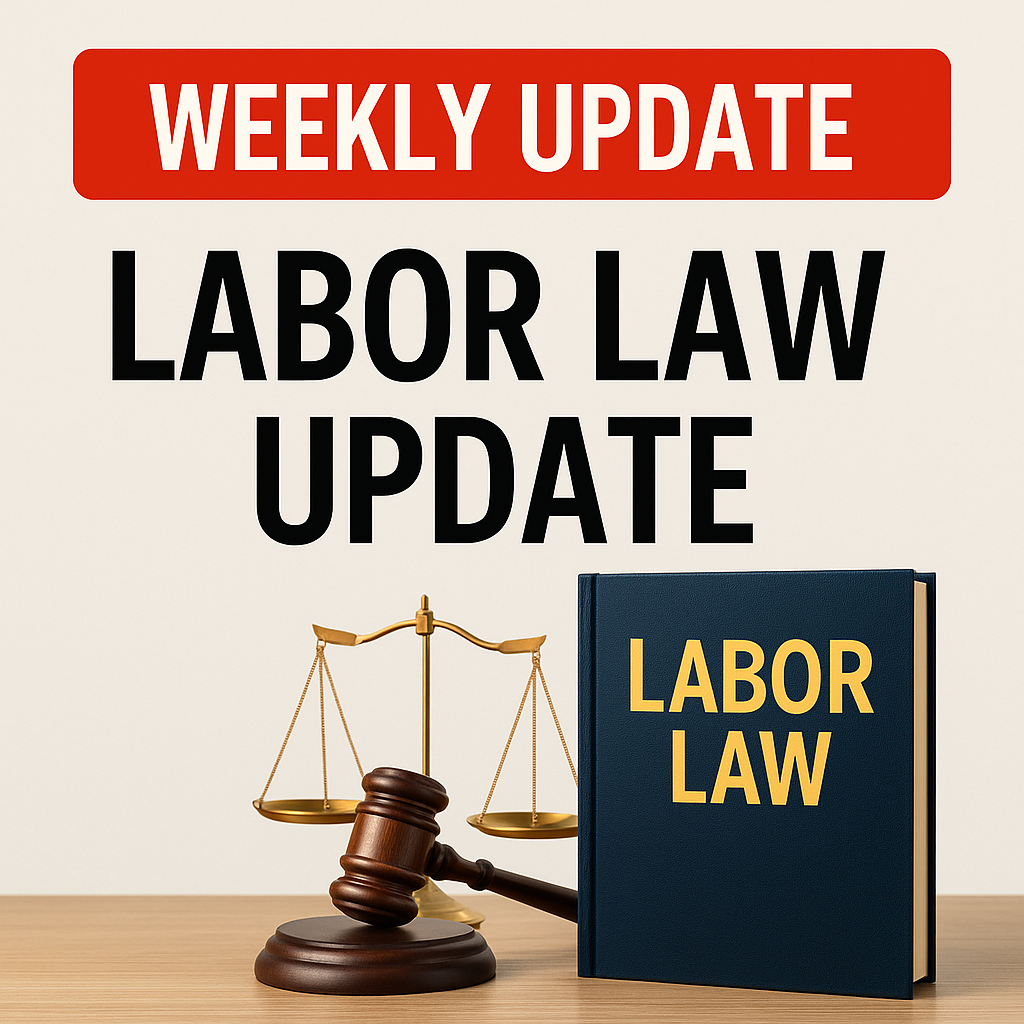Running a small business can be a whirlwind of responsibilities, and managing employee hours often adds to the chaos. If you're still using paper timesheets or Excel spreadsheets to record work hours, it's time to consider a more efficient solution. An automated timekeeping system could be the game changer your business needs.
Why Automated Timekeeping?
Imagine no longer having to manually add up hours or decipher handwriting on paper timesheets. Automated timekeeping simplifies the process of tracking your employees' hours with precision. This means you can shift your focus from tedious administrative tasks to growing your business.
Save Time and Streamline Payroll
Implementing an automated timekeeping system is a simple way for you to save time and reduce labor costs. Instead of manually calculating hours for payroll every week, an automated system does it for you with a click of a button. This not only frees up your time but also reduces the risk of human error.
Cut Down on Labor Costs
One of the hidden costs of manual time tracking is overpaying employees. When you track hours manually, whether on paper or a spreadsheet, there's a high chance you're paying employees for time they didn't actually work. An automated system ensures accuracy by precisely recording clock-in and clock-out times, helping you pay employees exactly what they’re owed.
Real-Life Impact
Consider a small business owner who has been juggling paper timesheets for years. The manual process not only eats up valuable time but also results in occasional miscalculations and overpayments. Switching to an automated system transforms their payroll process, saving hours each week and reducing unnecessary labor costs. This newfound efficiency allows them to focus on more critical aspects of their business, like customer service and expansion.
Practical Benefits You Can't Ignore
- Accuracy : Automated systems reduce the risk of errors that come with manual entry.
- Efficiency : Save hours per week by automating time tracking and payroll calculations.
- Cost Savings : Minimize overpayments and manage labor costs more effectively.
- Focus : Free up time spent on administrative tasks to focus on growing your business.
Take the Next Step
Switching to an automated timekeeping system is a smart move for any small business owner looking to enhance efficiency and control costs. Ready to streamline your operations and eliminate the headaches of manual time tracking? Explore automated timekeeping solutions today and see the difference it can make for your business.
Embrace modern technology, save time, reduce costs, and propel your business forward with automated timekeeping. Don’t let outdated methods hold you back—make the switch and experience the benefits firsthand.
Ready to upgrade? Discover the best automated timekeeping solutions tailored for small businesses and take control of your business operations today.




